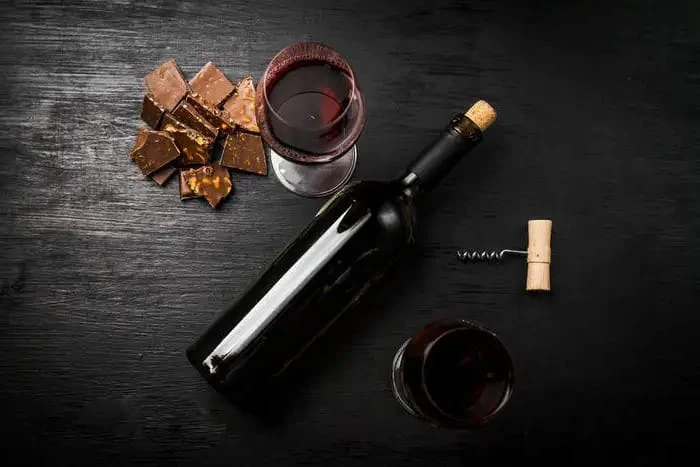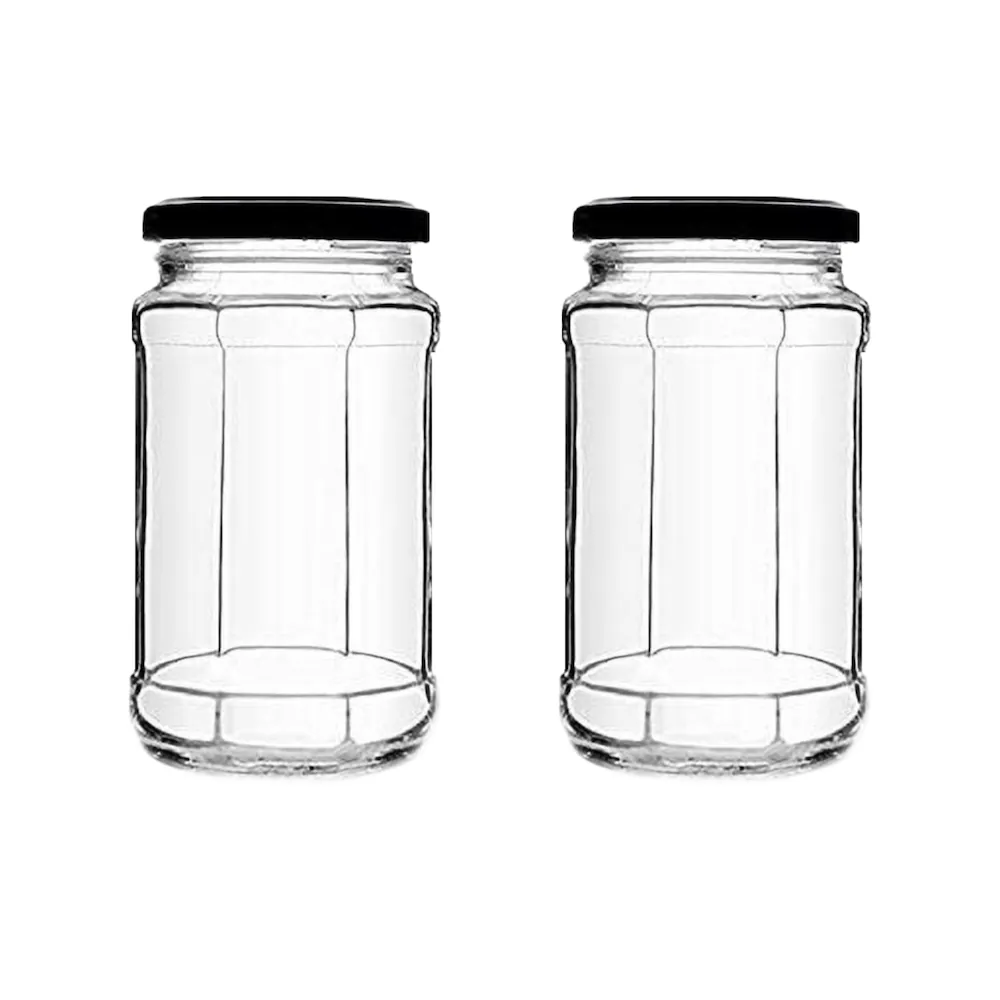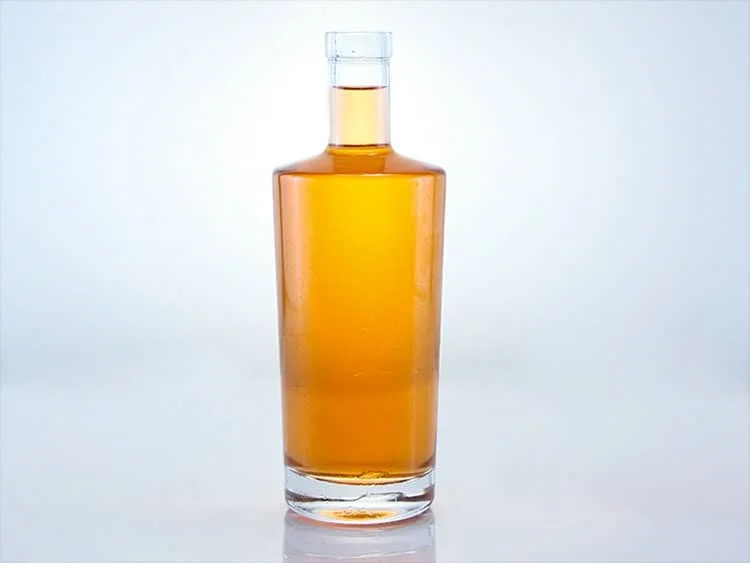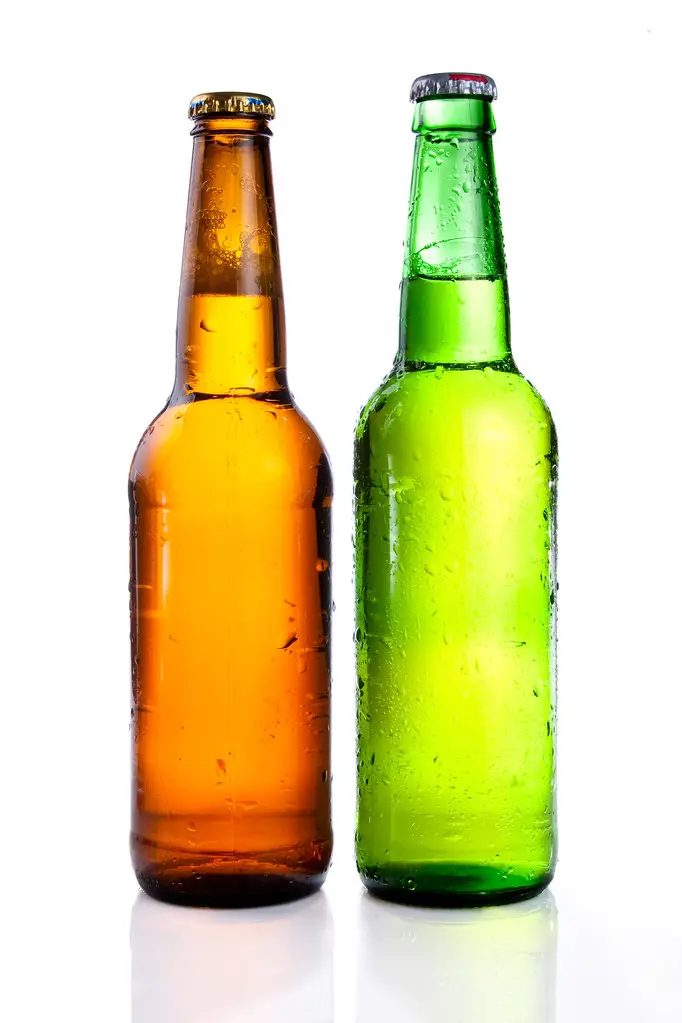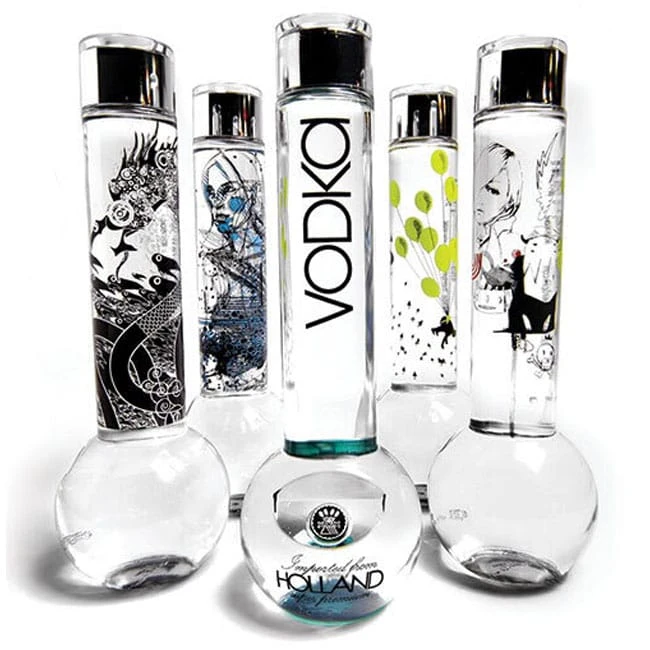In the world of wine, a common question arises: “How many ounces are in a bottle of wine?” Understanding the volume contained within a wine bottle is not only practical knowledge for wine enthusiasts and sommeliers but also provides insight into the standards and traditions of winemaking.
Standard Wine Bottle Size
A standard bottle of wine typically holds 750 milliliters, which is equivalent to approximately 25.36 fluid ounces. This volume has been established as the norm for wine packaging globally, representing a harmonious balance between tradition, usability, and market preferences. The choice of this size is deeply rooted in history, tracing back to the influential wine regions of Europe, particularly France, where it became a benchmark for quality and craftsmanship. Over the years, this 750-milliliter bottle has evolved into a universal standard for wine lovers worldwide, making it easier for consumers to understand serving sizes and enjoy their favorite varietals. Moreover, this size facilitates efficient storage and transportation, ensuring that both retailers and consumers can manage their wine collections with ease.

Historical Context of Wine Bottles
The 750-milliliter wine bottle size has a rich history that dates back centuries. Its adoption as the standard can be traced to regions in France, where winemaking traditions have long set the benchmark for the industry. Historical records suggest that this volume became popular in the 19th century, aligning with the needs of both merchants and consumers. This size is ideal for aging wine, allowing for proper maturation and the development of complex flavors within the bottle over time. Additionally, the choice of bottle size facilitates easier handling and pouring, making it a practical option for both home and professional settings.
Variations in Bottle Sizes
While the 750-milliliter bottle is the most common, various bottle sizes exist depending on the type of wine and the region of production. Here are some popular variations:
-
Magnum (1.5 liters): This size holds two standard bottles of wine. Magnums are ideal for special occasions and aging premium wines, as the larger volume allows for slower aging, often resulting in more refined flavors.
-
Double Magnum (3 liters): Equivalent to four standard bottles, Double Magnums are perfect for celebrations and large gatherings. They not only hold more wine but also enhance the aging process, leading to more complex flavors and aromas.
-
Jeroboam (3 liters): Commonly used for sparkling wines, this size is equivalent to four standard bottles and is often seen at large events.
-
Imperial (6 liters): Holding the equivalent of eight standard bottles, this massive size is typically reserved for grand celebrations and special events.
These larger bottles enhance the aging process, often leading to more complex and enjoyable flavors.
The Importance of Wine Volume
Understanding the volume of wine in a bottle goes beyond mere measurement—it reflects the tradition, craftsmanship, and artistry of winemaking. Each bottle encapsulates not only a specific quantity of liquid but also a story of heritage, passion, and dedication that extends from the vineyard to the consumer’s glass. The choice of bottle size can also influence how wine is perceived and enjoyed. For example, larger bottles tend to age more gracefully than smaller ones, making them a popular choice for collectors and connoisseurs.
Conclusion
So, the next time you raise a glass of wine, remember that behind those 25.36 fluid ounces lies a world of history, culture, and flavors waiting to be explored. Whether you’re enjoying a casual dinner or celebrating a special occasion, the bottle size plays a significant role in your wine experience. From the standard 750-milliliter bottle to the impressive Double Magnum, each size offers a unique opportunity to savor the rich traditions of winemaking. Cheers to discovering the perfect bottle for every occasion!
If you’re looking for more knowledge of glass bottles, check out the following articles:
– Top 4 Drinking Glass Manufacturers in the U.S
– Top 10 Glass Bottle Manufacturing Companies in India(Latest Updates)
– Top 10 Glass Bottle Manufacturers In The USA
– Why Choose Apple Juice in Small Glass Bottles? A Flavorful Experience
Consult Your Valiant Glass Bottles & Packaging Experts
We help you avoid the pitfalls to deliver the quality and value your glass bottle and jar need, on-time and on-budget.





